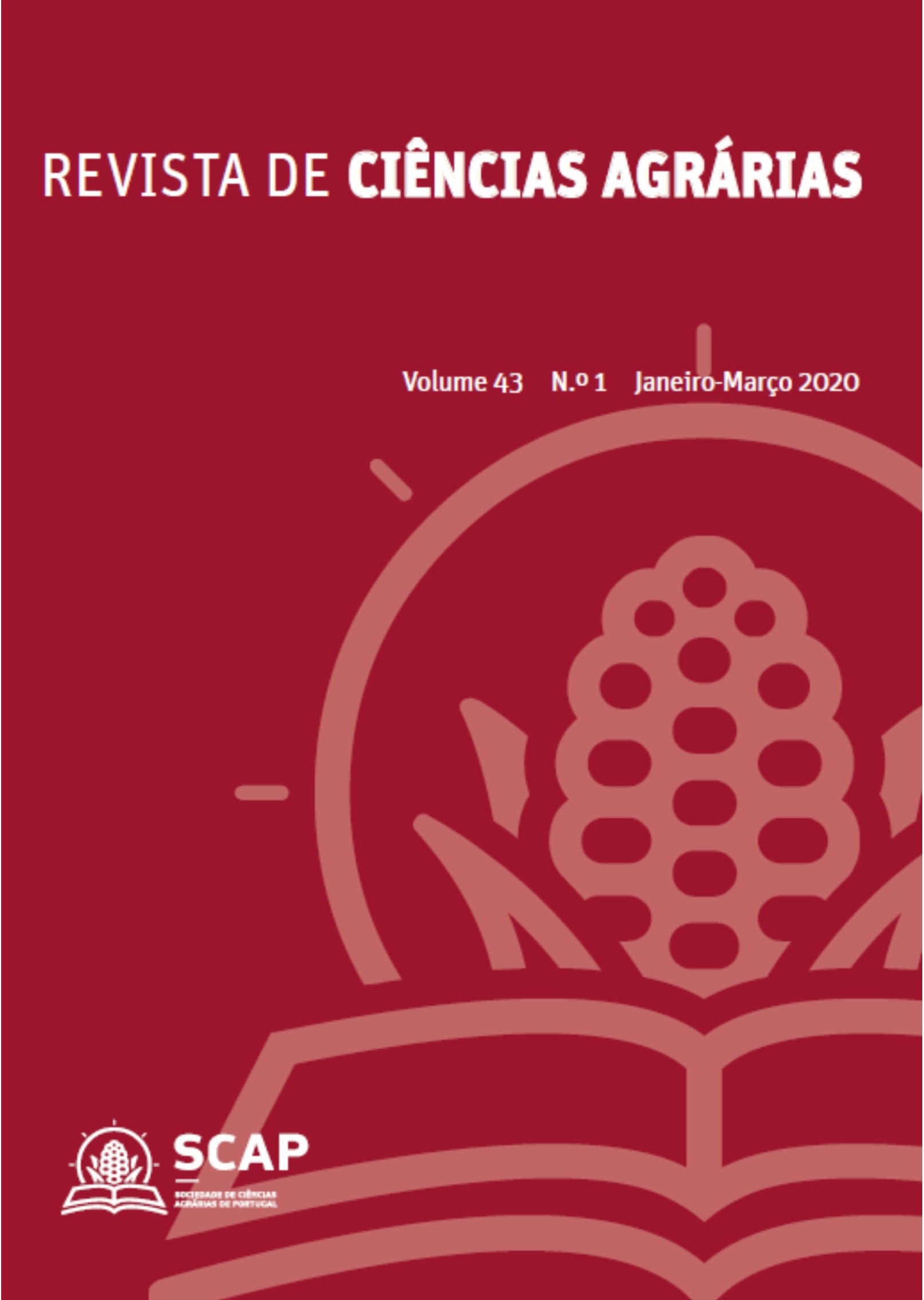Métodos geoestatísticos e determinísticos na espacialização da altura dominante em povoamento de eucalipto
DOI:
https://doi.org/10.19084/rca.18347Abstract
The dominant height of eucalyptus can present strong spatial autocorrelation, being indispensable to investigate the interpolation methods in its spatialization. In this context, this study aimed to evaluate deterministic and geostatistical methods in estimating the dominant height in eucalyptus stands. In 14 management units of the genus (377 hectares), 233 sample units were allocated, obtaining the variables dominant height and diameter at 1.30 m of the soil. The spatial interpolators evaluated were geostatistics (kriging and ordinary cokriging) and deterministic (inverse of the distance square and global polynomial of the 10th degree). Furthermore, indicator kriging was applied to spatialize the probability of locations with above-average dominant height values. The results showed that the dominant eucalyptus height presents with a strong spatial dependence, being possible its spatialization by both ordinary kriging and cokriging. In the presence of the spatial component, deterministic methods are not recommended, especially the global polynomial models. Indicator kriging enables the mapping of the probability of a given class of productivity to occur, subsidizing forest rotation planning.


